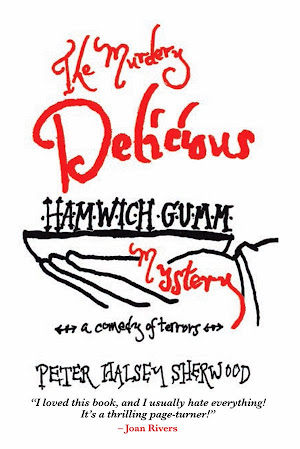We thought we'd like to make something special for St. Patrick's Day--and after just one bite of this beef stew from the New York Times Cooking app, we knew this is THE stew to do, for always!
Flavored with Guinness stout, espresso and cocoa powder, the end result is not only delicious, but immensely satisfying. There are a lot of ingredients for sure, but they are all basically tossed into a large pot. The slow oven-braising does all the work to make a truly celebratory dish.
And hello--Horseradish Cream?
We also made Jim Lahey's fantatstic No-Knead Bread (recipe here) for dipping, substituting more Guinness stout for the water. It proved to be a great, wildly flavorful bread.
Happy St. Patrick's Day!
Oven-Braised Guinness Beef Stew with Horseradish CreamAdapted from Sarah DiGregorio's recipe in the New York Times
Total Time - 3 hours
Yield: 6 servings
INGREDIENTS
3 pounds beef chuck, fat trimmed and meat cut into 2-inch pieces
2 tablespoons plus ⅓ cup all-purpose flour
Kosher salt and black pepper
4 tablespoons vegetable oil, plus more as needed
3 large garlic cloves, chopped
2 dried shiitake mushrooms, halved (optional)
2 tablespoons tomato paste
2 teaspoons packed brown sugar
1teaspoon unsweetened cocoa powder
1teaspoon onion powder
½ teaspoon caraway seeds
½ teaspoon instant espresso powder
2½ cups Guinness or other stout beer
2½ cups beef stock or broth
2 fresh thyme sprigs
1pound red or Yukon gold potatoes, cut into 1- to 2-inch pieces
1 to 1½ pounds root vegetables, such as carrots, turnips, rutabaga, celery root and parsnips, peeled and cut into 1- to 2-inch pieces
1tablespoon balsamic vinegar
1teaspoon Worcestershire sauce
1teaspoon lemon juice, plus more to taste
¾ cup sour cream
3 tablespoons jarred horseradish
¼ cup minced scallions or chives
METHOD
Step 1
Heat oven to 325 degrees. In a large bowl, combine the beef and 2 tablespoons flour. Season generously with salt and pepper and toss to coat. In a Dutch oven, heat 2 tablespoons vegetable oil over medium-high. Working in batches, add the beef and let it brown on two sides, about 2 minutes per side. Add a bit more oil if the meat sticks. (You can brown it on more than two sides if you have time, but browning it on two sides is enough to build flavor and texture.) Transfer the browned beef to a bowl or plate.
Step 2
Make the gravy: Reduce the heat to medium-low and add the remaining 2 tablespoons oil. Add the garlic, dried shiitakes (if using), tomato paste, brown sugar, cocoa, onion powder, caraway seeds and espresso powder. Cook, stirring constantly, until the mixture is fragrant and evenly combined, 1 to 2 minutes. (Reduce the heat to low or remove from the heat temporarily if the bottom of the pan threatens to burn.) Add the remaining ⅓ cup flour and cook, stirring and scraping constantly, until the mixture forms a thick, dry paste, about 1 minute. Add the beer and stock. Increase the heat to high and bring to a boil, whisking constantly to scrape any browned bits from the bottom of the pan. Let it boil until smooth and thickened, about 1 minute. Season with salt and pepper and remove from the heat.
Step 3
Add the beef and any juices, thyme, potatoes and root vegetables. Cover and transfer to the oven. Cook until the beef and vegetables are tender, 2 to 2½ hours.
Step 4
Add the vinegar, Worcestershire sauce and lemon juice. Taste, and season with more salt, pepper and lemon juice if necessary. (If the stew tastes flat, add more lemon juice first, then more salt and pepper; acid is key to making it taste lively. It may need a surprising amount of salt, especially if you have used unsalted or low-salt stock.) Discard the thyme.
Step 5
Make the horseradish cream: Stir together the sour cream, horseradish and scallions in a small bowl. Season with salt. Serve stew in bowls with a spoonful of the horseradish cream on top.





















